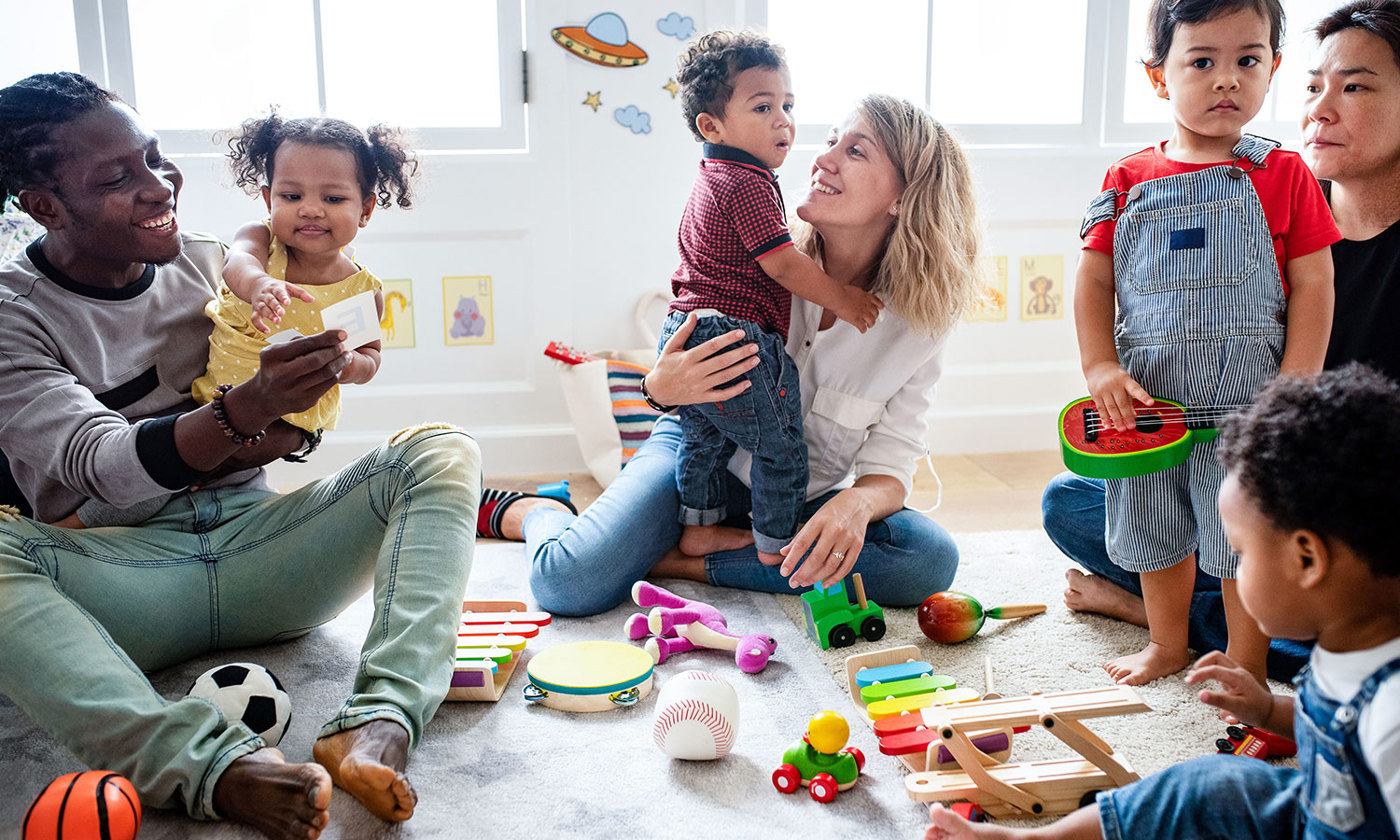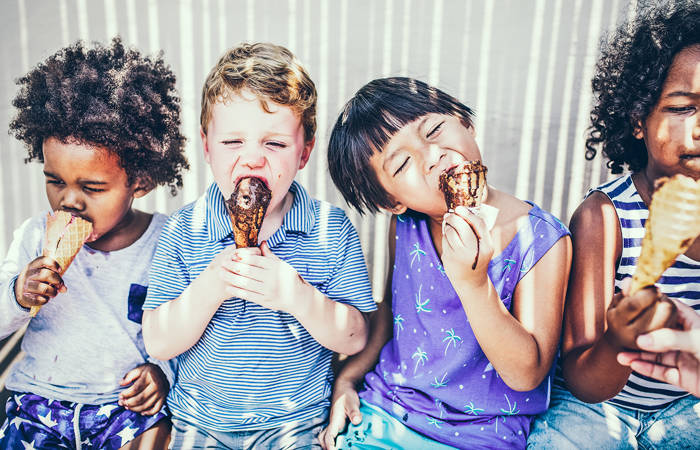Like what you see?
Sign up to receive more free parenting advice.
Thank you for subscribing to our newsletter!
Child Development

Credit: iStock.com/Rawpixel
Tall/short, fat/thin, old/young, shy/outgoing, brown/white – there are so many important ways we want our children to embrace difference. But as parents, how do we start?
Dr Red Ruby Scarlet says that when considering diversity and difference, the real issue to consider is inclusion.
Dr Scarlet is an early childhood teacher-researcher, author and academic who has been working in early childhood for 30 years. Her books include the co-authored The Anti-Bias Approach in Early Childhood (Ed), and Fair’s Fair: How to tackle bias in education and care settings.
"It’s through inclusion that every child has the best chance of being themselves," Dr Scarlet says.
“If they are excluded then they're not going to learn or feel good about themselves. It hinders possibilities for learning if you don’t have a really healthy sense of self. So parents and educators need to be dealing with issues of exclusion and bias from day dot, because those are the things that actually get in the way of our best output,” she says.
We sometimes think we will wait till children can speak or walk to do this. But we live in a beautifully, culturally diverse place. As a parent, you want to reflect that there is cultural diversity and that we're living side by side; that can be done through songs and stories.Dr Red Ruby Scarlet
Stay up to date with the latest news and articles from First Five Years
Thank you for subscribing to our newsletter!
Dr Scarlet believes teaching inclusivity to our children starts when they are babies or toddlers. We can start by using language that demonstrates the many differences that surround us on a daily basis.
“We sometimes think we will wait till children can speak or walk to do this. But we live in a beautifully, culturally diverse place. As a parent, you want to reflect that there is cultural diversity and that we're living side by side; that can be done through songs and stories,” she says.
A technique Dr Scarlet calls ‘language learning’ is another simple way to incorporate an acknowledgement and acceptance of diversity into a young child’s world view.
“When you point out a dog you can say, ‘It’s a dog and that one is a Dalmatian’. That way you are teaching them that not only is that a dog but that there are different types of dogs,” she says.
Starting this approach early means it becomes an automatic way of seeing things – not only will they form language that expresses an understanding of diversity, but they will become comfortable with it, in whatever form.
“It’s also about teaching children to know: There's lots of difference around me. I don't have to be a Dalmatian. I don't have to be a Poodle. I'm just going to be myself (a little Corgi or whatever I am). And, I can see that those other things exist around me and I should not harm them,” she says.
Teaching belonging, not just kindness
Parents often approach issues of diversity using kindness as their guide. But while Dr Scarlet is clear that kindness has plenty of merit, she says messages about belonging can be more effective when teaching children about diversity.
“We often talk about kindness – kindness is a beautiful concept. But it also placates difference: 'Just be kind to that person'. The language we should use is fair or unfair… What’s a fair thing to happen in this situation, what’s an unfair thing to happen in this situation?”.
Don’t brush off difference
Dr Scarlet also believes we should be careful of brushing aside difference purely to help children feel better.
“I can tell you I don’t think you’re fat and you won’t believe me. Just telling children something doesn’t mean we’ve convinced them. They will pick up biases and will know when they exclude or are being excluded. Instead, the message we want to give is that everybody has the right to be who they are and to belong on their own terms, including children.”
Seizing the moment for a conversation
Most parents have a tale of an embarrassing moment, when their child points out someone’s size/colour/physical status in a way that would be unacceptable to adults.
Often the parent’s response is to divert them away from the issue.
“We say ‘don’t stare’ or ‘don’t say that darling’. If we say that, we are avoiding a conversation. You might say instead: 'I wonder if that person feels excluded when we say they can't see. What would it be like to be excluded?’," Dr Scarlet says.
When it comes to other children, the classic exclusionary action is to not let others play with them. Classic examples are not letting others play with them because they don’t have a unicorn/have a wheelchair/talk strangely/aren’t wearing pink stockings.
Regardless of the reason, it’s time again for a chat about how people feel if they are being left out. Often, children will come back with a reason for their behaviour: “I don’t like them” is a classic.
“We should be telling our children: 'You don’t have to be friends with everybody, but you don’t have the right to exclude anybody from a learning or play experience',” Dr Scarlet says.







